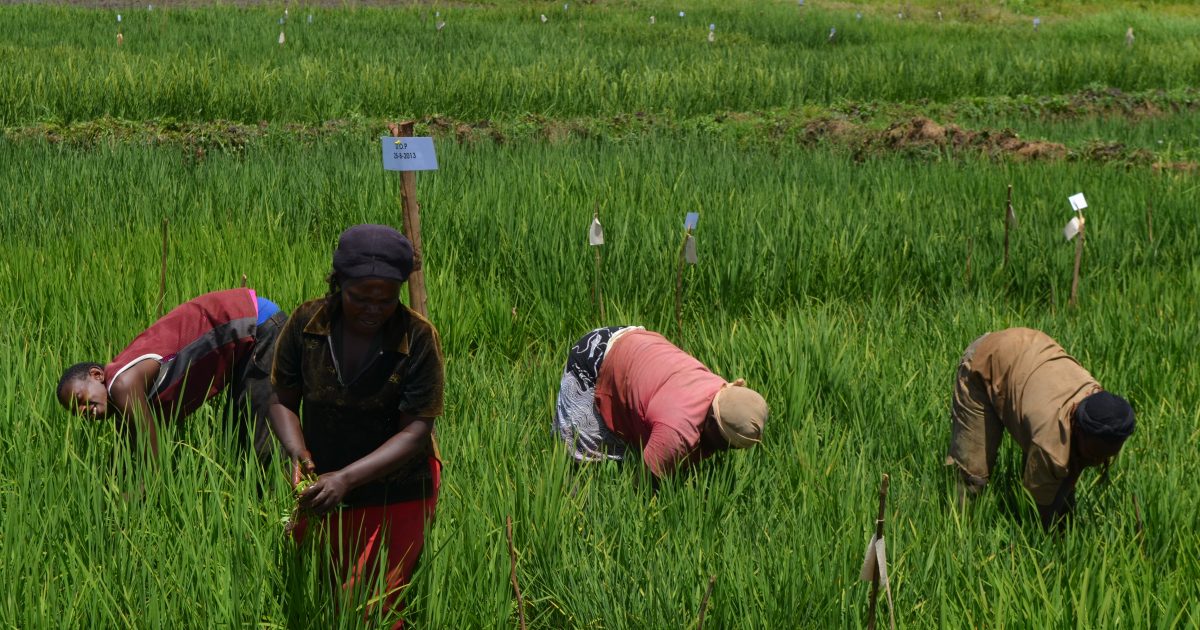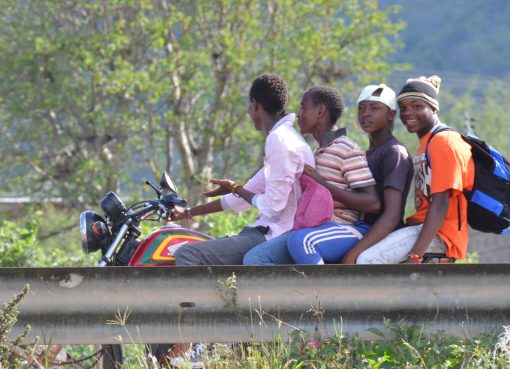Kirinyaga County government has given first priority to rice cultivation regarding it as a food security crop.
Out of all the 24 counties, which grow rice in the country, only Kirinyaga has taken rice as the main cash crop.
Jacqueline Njogu CEC Agriculture says rice has been identified, among two food security crops that is maize and the Irish potatoes.
‘This is in line with the national policy and with the rice being so versatile in terms of resilience to climate change and taking about 120 days from planting to harvesting,’ said Njogu
‘That means we can have two plus cycles of a crop in a year unlike other varieties of crop like the medium maize that takes about 9 months to mature,” added Njogu
She said in regard to the success of the project, they were doing a lot of work in partnership with the agricultural sector development programme, the national government, and other development partners.
Among the key partners in the improvement of rice cultivation project in Kirinyaga include Japan International Corporation Agency (JICA), which is already managing two projects Rice and Market-oriented Agriculture Promotion Project (Rice MAPP), and Science and Technology Research Partnership for Sustainable Development (SATREPS)
Rice MAPP, Njogu says has already managed to increase rice productivity in Mwea by almost double through the introduction of the water-saving rice culture.
‘Rice produced using this new method has risen from 18 bags per acre to 26 bags on the same land size, leading to the farmers reaping high profits,’ she said.
Data available indicates that earnings per acre during the main season increased from Sh 84,000 to Sh92, 000 per acre at the scheme.
The new method entails a shift from the traditional cultural practice where farmers plant the rice seedlings randomly leading to land waste and the use of high labour costs to weed an acre.
“This is a technical package that aims at yield improvement and water-saving and consists of five main technologies namely healthy seeding, leveling of land, line planting, improved weeding, and intermittent irrigation,’’ she said
According to Njogu, intermittent irrigation saves water to more than 20 per cent hence the need for farmers to embrace the practice.
‘Kirinyaga wants to be the leader in rice production and in partnership with research organisations, we have started fast-tracking in the development of the seed system to enable the farmers to increase their rice productivity,’ she said
She said farmers are being encouraged to try the new seed varieties like the Kwamboka, which was recently released by KARLO and is much yielding when compared to the verities previously used by farmers.
Currently, Njogu said farmers in Mwea grow various varieties including Basmati 370, Basmati 217 very popular but susceptible to rice blasts.
By Irungu Mwangi



